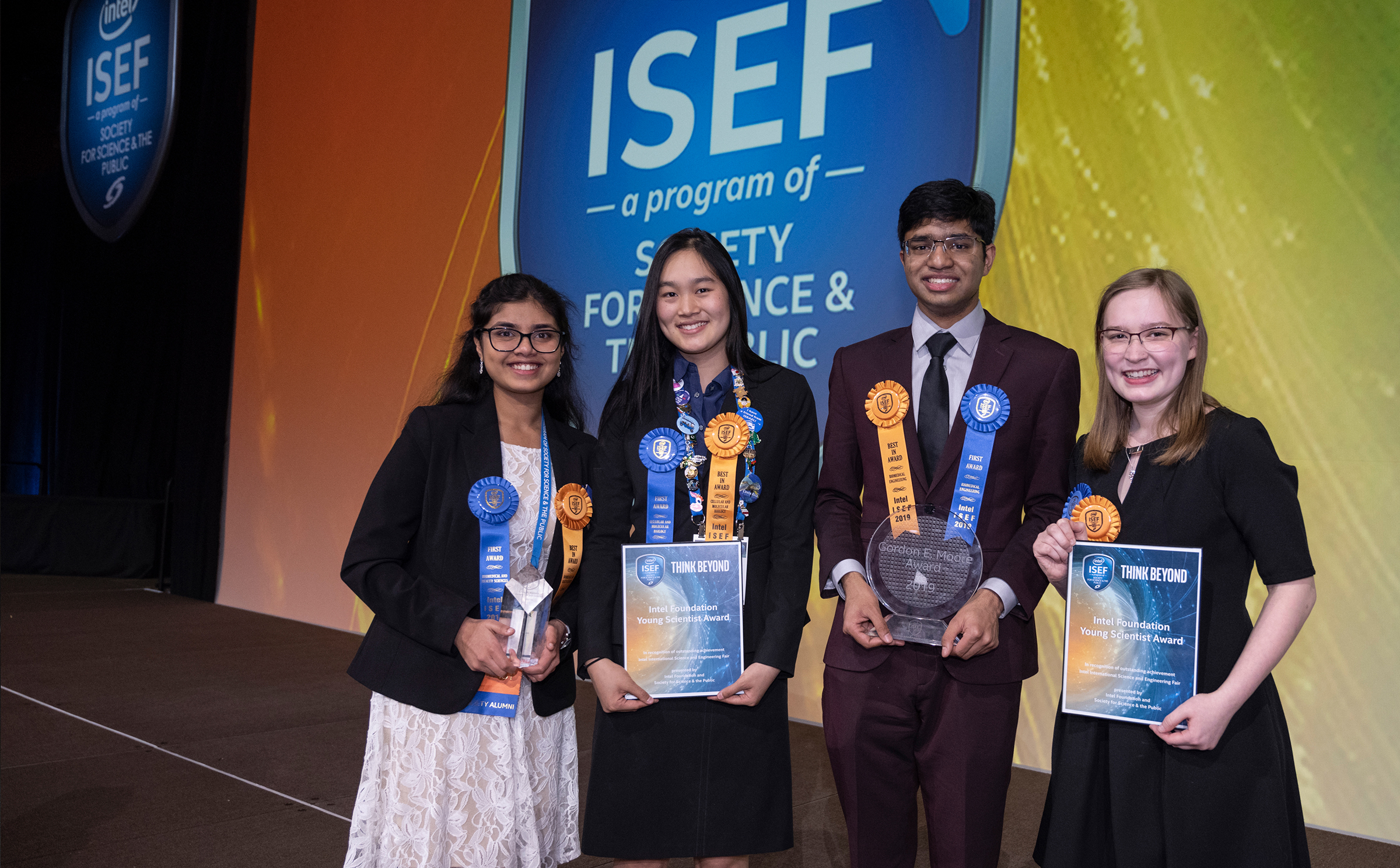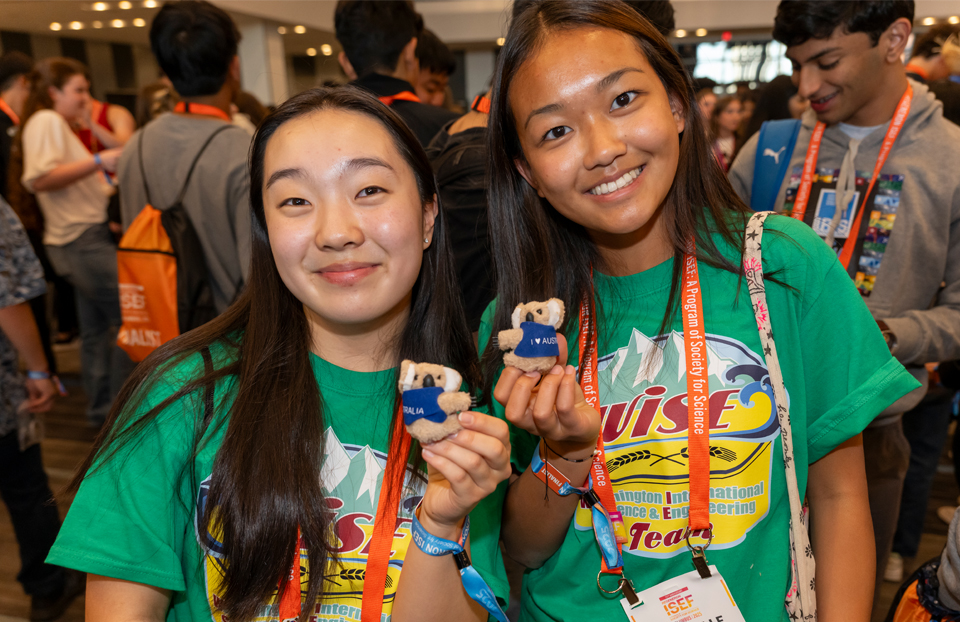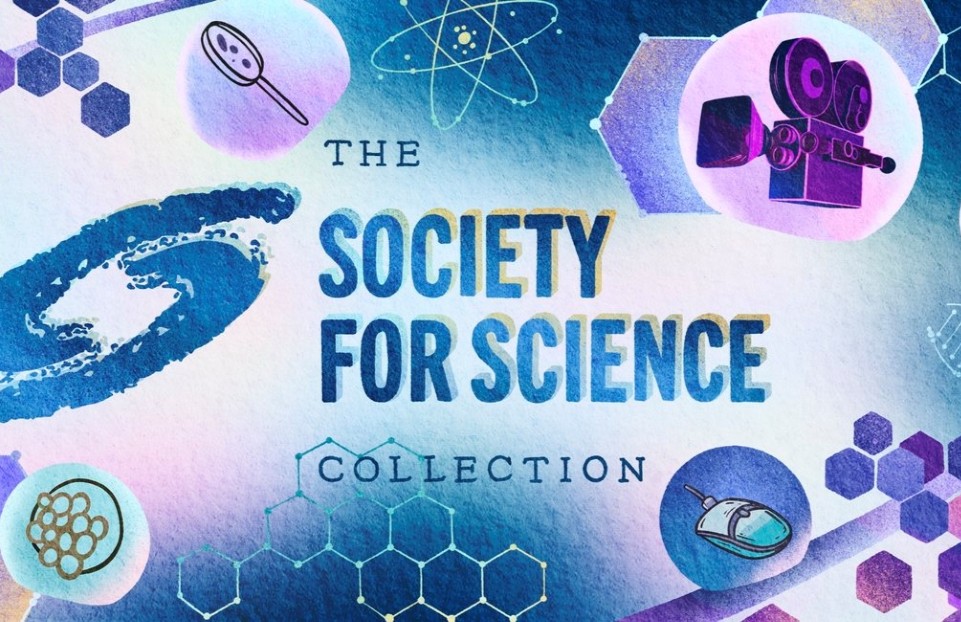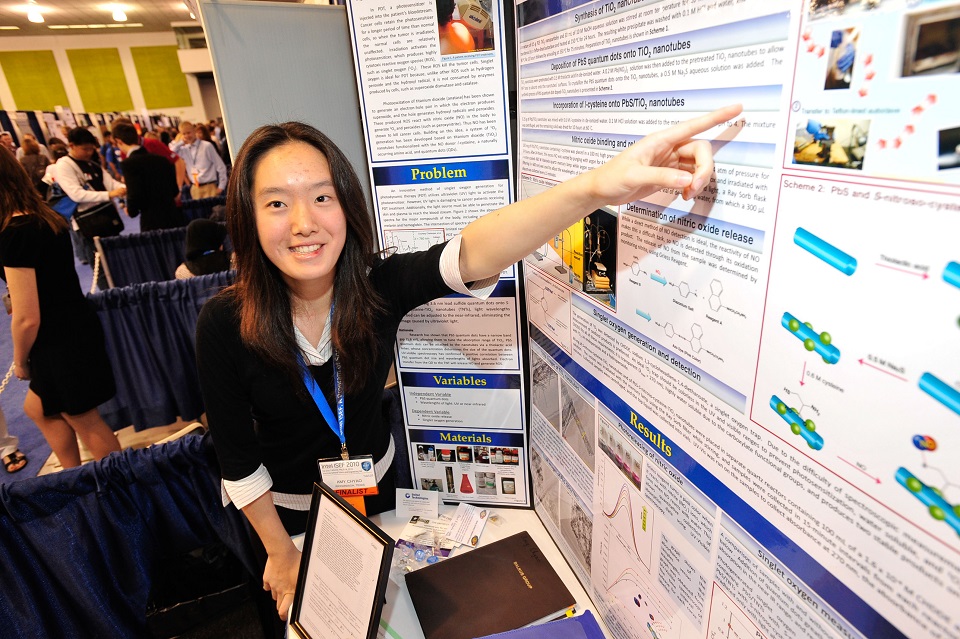The 2019 Intel ISEF top award winners

Krithik Ramesh, 16, of Greenwood Village, Colorado, was awarded first place for developing a machine learning technology for orthopedic surgeons at this year’s Intel International Science and Engineering Fair (ISEF), a program of Society for Science & the Public. Intel ISEF is the world’s largest international pre-college science competition. The competition featured over 1,800 young scientists selected from 423 affiliate fairs in more than 80 countries, regions and territories.
Using machine learning and computer vision, the project helps orthopedic surgeons achieve greater accuracy for screw placement during spinal surgery. Based on Ramesh’s tests, this method has the potential to decrease operating time by at least 30 minutes, reduce physical therapy recovery time by four weeks and diminish the negative side effects associated with traditional medical imaging. Ramesh received the US$75,000 Gordon E. Moore Award, named in honor of the Intel co-founder and fellow scientist.
Allison Jia, 17, of San Jose, California, received one of two Intel Foundation Young Scientist Awards of US$50,000 for her investigation into toxic tau protein aggregates, which spread in neurons in the human brain and are associated with neurodegenerative diseases such as Alzheimer’s.
Rachel Seevers, 17, of Lexington, Kentucky, received the other Intel Foundation
Young Scientist Award of US$50,000 for designing, building and testing a rigid, energy-efficient prototype of an underwater propulsion device that mimics the way jellyfish move through the water. This could allow for greater access to the world’s unexplored oceans.
Shriya Reddy, 15, of Northville, Michigan, received the newly announced US$10,000 Craig R. Barrett Award for Innovation, funded through Society for Science and the Public, for her novel, noninvasive approach for rapidly diagnosing melanoma lesions.
“The Intel International Science and Engineering Fair is the world’s most powerful STEM talent pipeline and I am inspired by all of the ingenuity on display this week,” said Maya Ajmera, president and CEO of Society for Science & the Public and publisher of Science News. “Congratulations to our winners and all our finalists who are demonstrating that world-changing ideas can come from anywhere in the world.”
“Intel is proud to honor Krithik Ramesh, Rachel Seevers, Allison Jia, Shriya Reddy and all of the ISEF finalists on their innovative work, which is helping to advance key research areas and provide solutions to global challenges that are critical today. The work they are doing has the potential to make a better tomorrow for all of us,” said Pia Wilson-Body, president of the Intel Foundation. “And I would be remiss if I didn’t highlight the communities of support surrounding these students every day: parents, teachers, mentors, administrators, supporters and organizations like SSP who provide opportunities for students to engage and explore the world of STEM, and ultimately reach their full potential.”
In addition to the top winners, approximately 600 finalists received awards and prizes for their innovative research, including 22 “Best of Category” winners, who each received a US$5,000 prize in addition to their $3,000 first place award. The Intel Foundation also awarded a US$1,000 grant to each winner’s school and to the affiliated fair they represent.
The Intel International Science and Engineering Fair provides opportunities for students to explore their passion for developing innovations that improve the way we work and live. All finalists are selected by an affiliated, local competition and receive an all-expenses-paid trip to the Intel International Science and Engineering Fair in Phoenix. At the competition, finalists are judged by hundreds of science, engineering and industry professionals who have a Ph.D. or equivalent (six years of related professional experience) or are senior graduate students with doctoral-level research in one of the 22 scientific disciplines.


